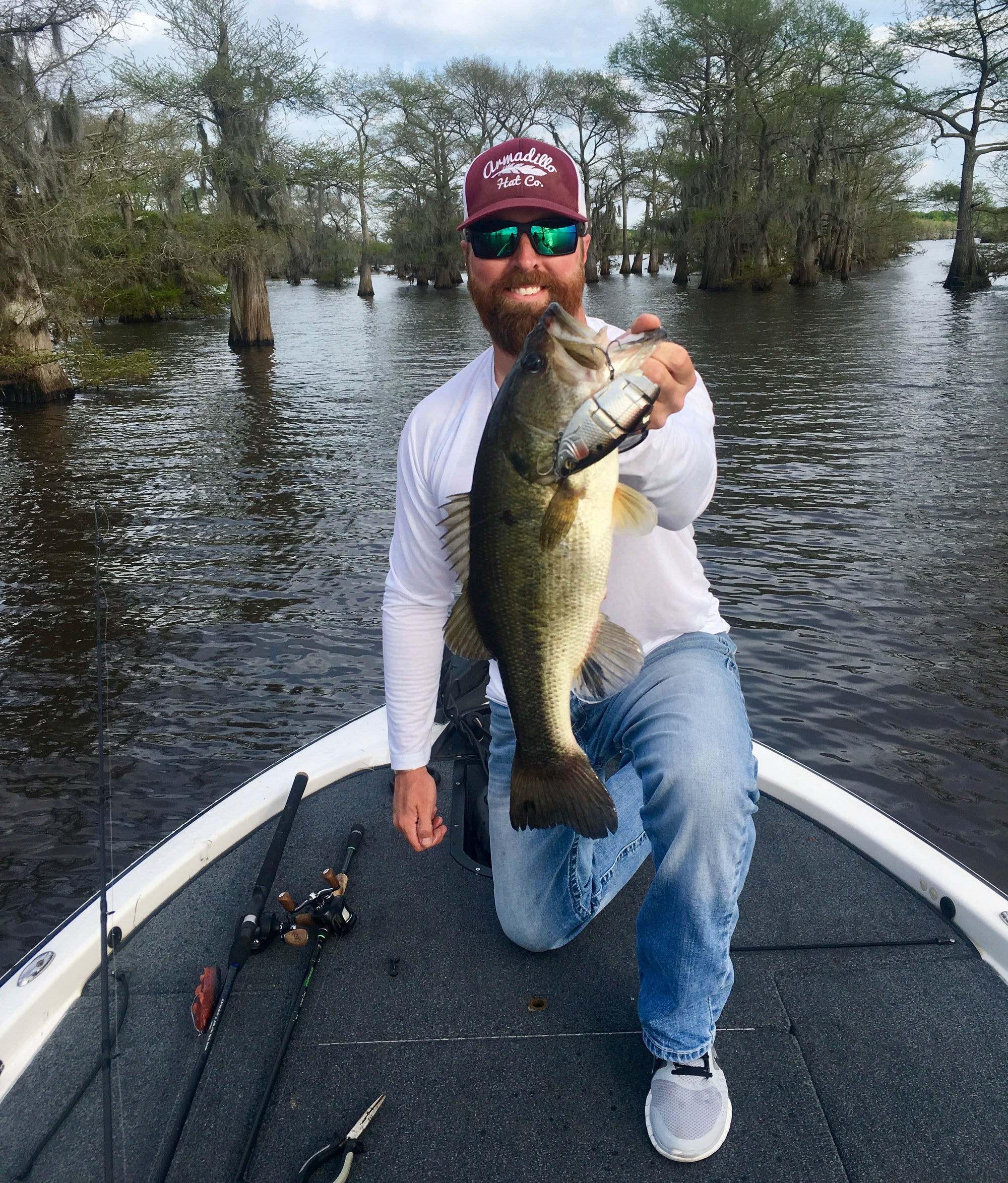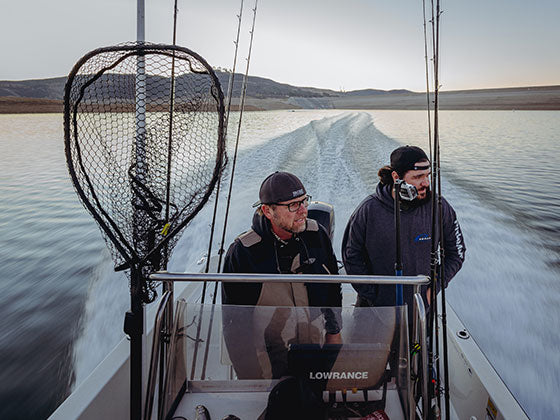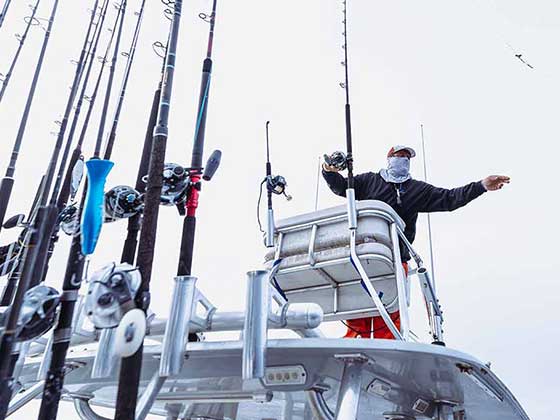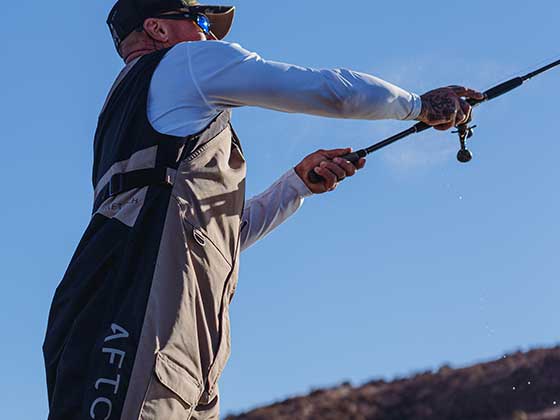Tackle Express Blog

Want to Start Fishing Swimbaits? Here is the Tackle You Might Need
I prefer to look at inches-per-crank (IPC) instead of gear ratio because IPC is more accurate. IPC measures the inches of line that are returned to the reel while you turn the handle. If you have a tall narrow spool with a slow ratio of say 4:1(for every 1 turn of the handle the spool turns 4 times) the IPC might be 22. On the flip side you could have a wide spool that has 5.2:1 and have the same 22 IPC. Gear ratio can tell you a bit about the reel, but knowing the IPC will give you a true gauge of how fast your lure is coming back to you.
Time To Buy a New Spinning Reel? This Guide Will Help You Choose Correctly.
Fishing reels and rods are like golf clubs, you generally need more than one to be proficient at either sport. Although you don't need as many rod combos as you do golf clubs, each rod and reel combination have specific uses that will make fishing more successful.
A spinning reel can be used with many applications from small fish like bluegill to giant tuna weighing over 100 pounds. Setting up your spinning reel with the right line and rod are crucial to making sure you have a successful trip. The line size is critical for the spinning reel you choose and the type of fish you plan on targeting.
Spinning rods and conventional or bait casting rods are different so make sure you have the right rod for your reel. In general, the spinning rod has a larger first guide, which is the guide closest to the reel.
Fish Outside the Box
What was crazy was the worms inside the box. It was just a plain 'ole curly tail worm that he had been pouring with a buddy. It didn't look special, just a color that nobody locally had poured or fished before. It was a plum colored worm with extra blue flake and it was something that our fish had never seen before.
What line should I use? Braid, mono, or fluorocarbon?
Let’s start out by discussing the different line and leader combinations. The first one that comes to mind is the classic, all monofilament. This is definitely the most cost effective option when it comes to spooling. It’s also great for beginners as mono tends to be much more forgiving when it comes to casting and line management. The drawback is that mono needs to be replaced fairly often as it loses strength every time it is fished. Sunlight and repeated exposure to water can also weaken it by breaking down the physical makeup of the line. It also has a tremendous amount of stretch that can, in some instances, lead to missed hook-sets and lost fish.




